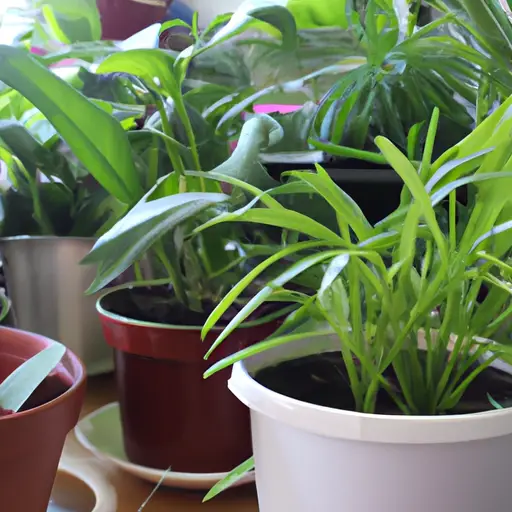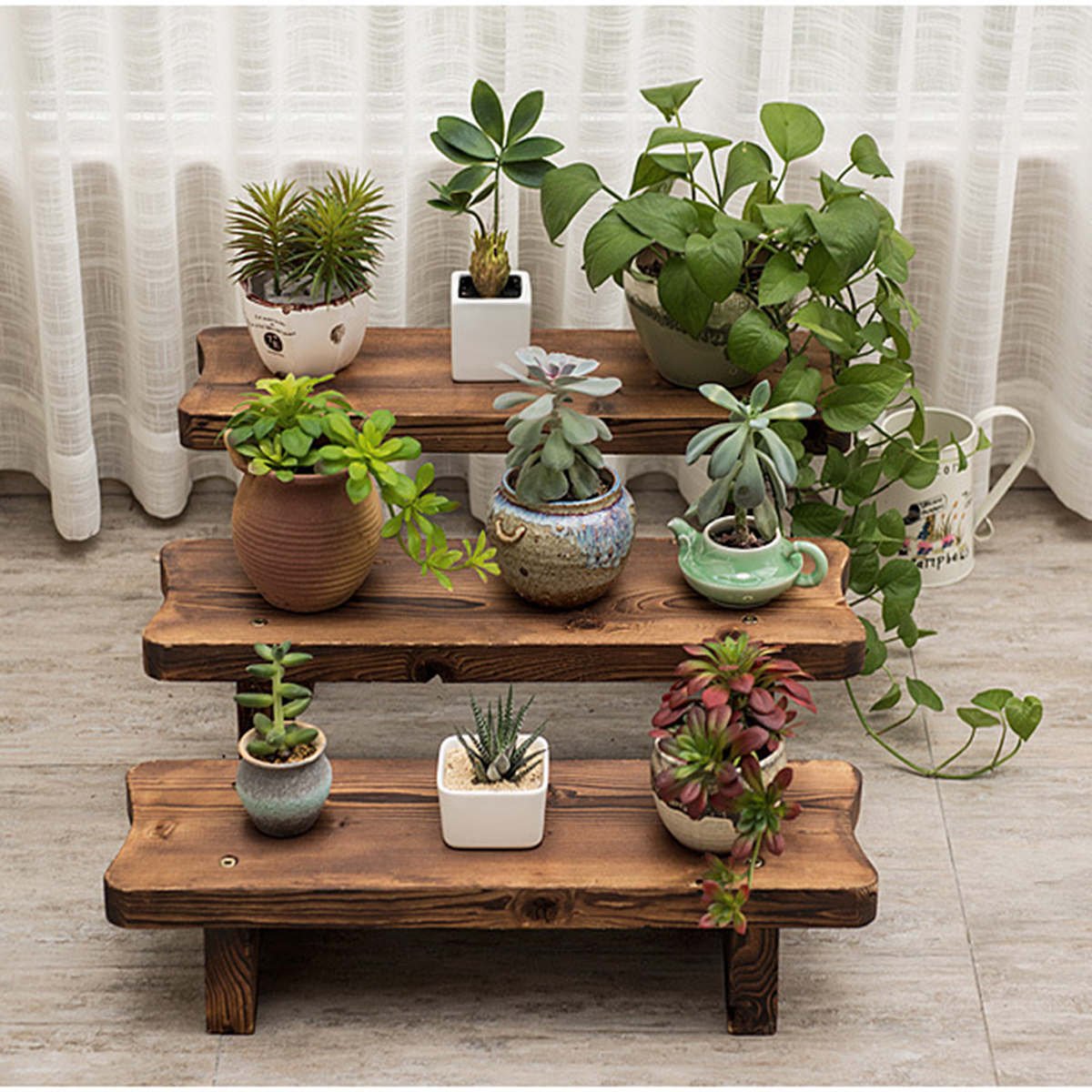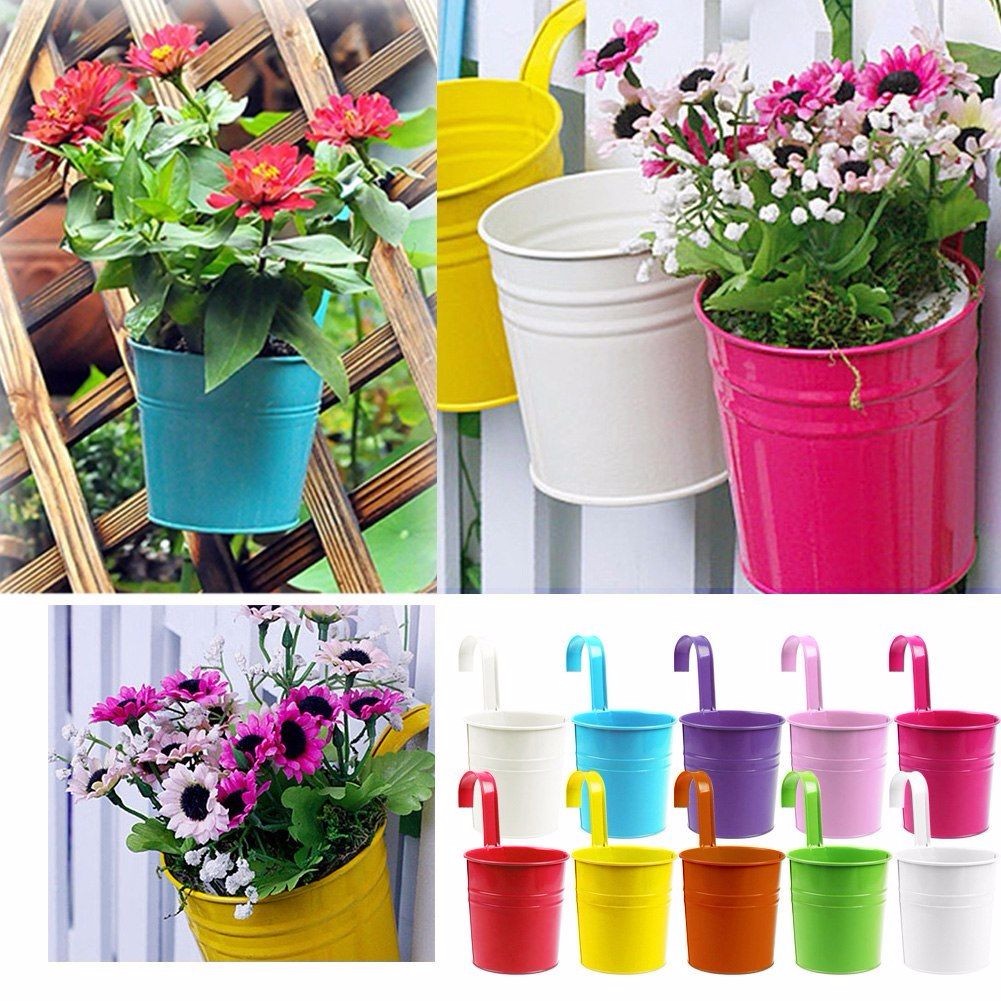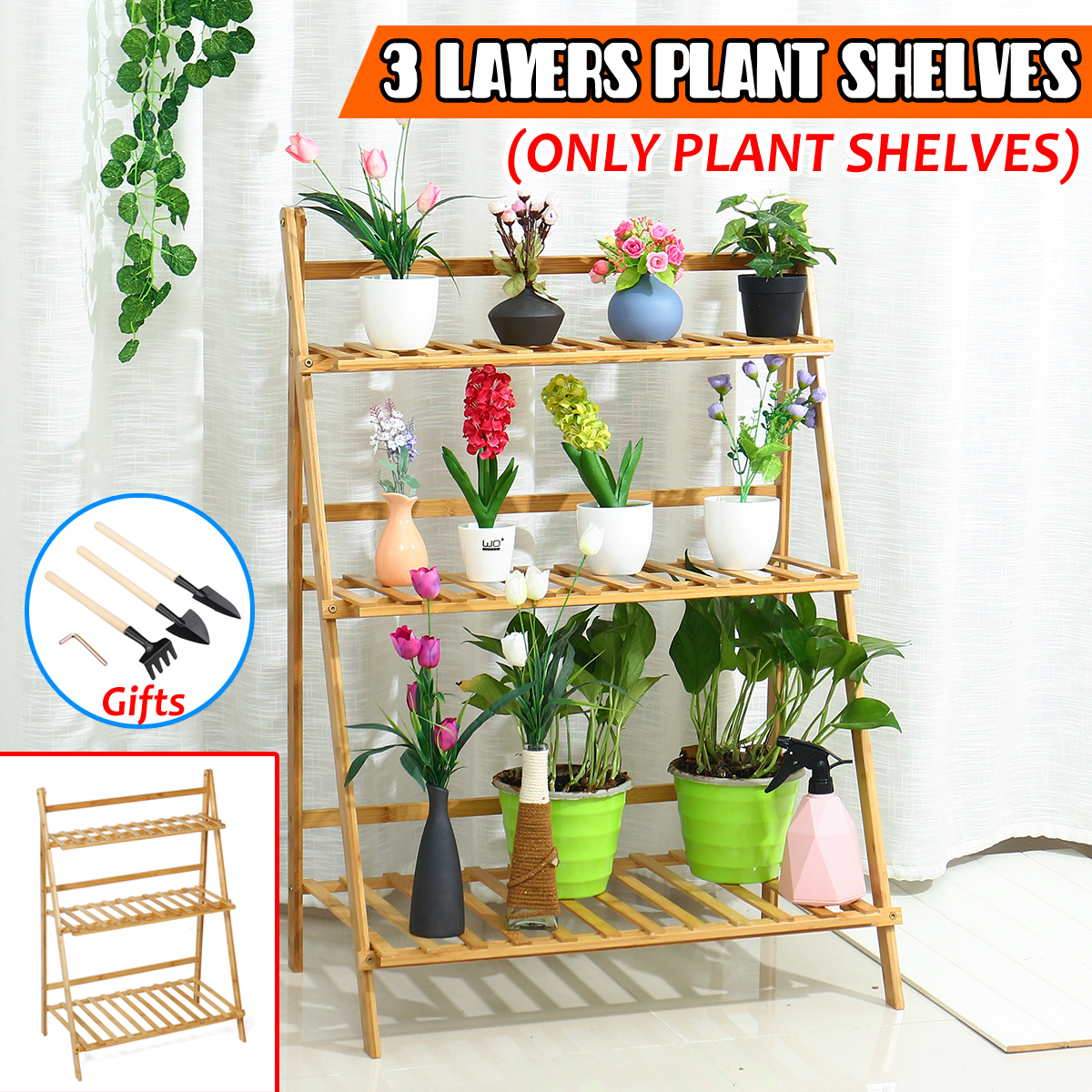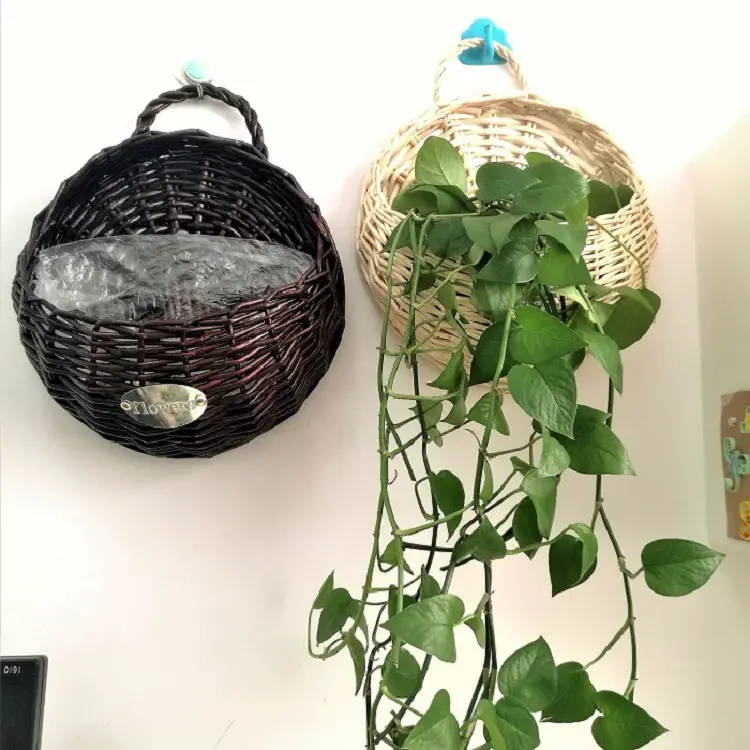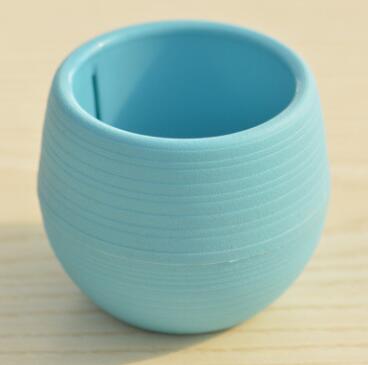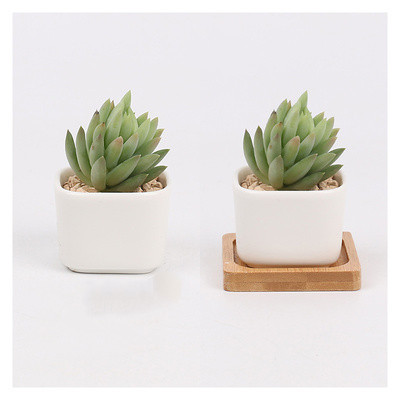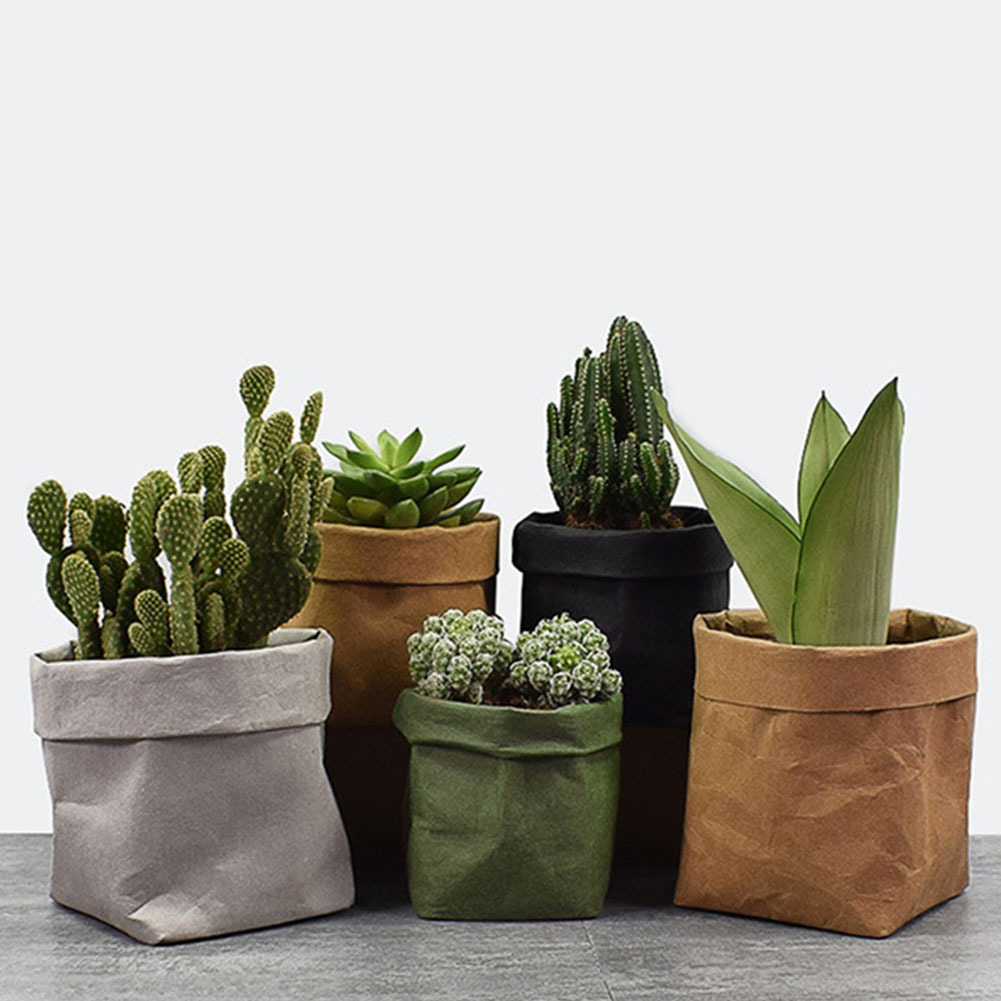From Seedlings to Blooms: Growing Flowers in Containers
Introduction:
Growing flowers in containers is a delightful way to add beauty and color to any space, whether you have a spacious backyard or a small balcony. It allows gardeners of all levels to exercise their green thumbs and enjoy the pleasures of gardening without the limitations of traditional garden beds. In this article, we will explore the process of growing flowers in containers, from choosing the right container and soil to selecting suitable flowers and providing proper care. So grab your gardening gloves and let’s get started!
1. Choosing the Right Container:
When it comes to growing flowers in containers, selecting the right container is crucial for successful growth. Different flowers require varying amounts of soil, space, and drainage. Consider these factors before making your choice:
a) Size: Choose a container that provides enough space for root development. A general rule is that larger plants require larger containers.
b) Drainage: Ensure that your chosen container has drainage holes or create them if necessary. Adequate drainage is essential for preventing waterlogging, which can lead to root rot.
c) Material: Containers can be made from various materials such as plastic, terracotta, or wood. Each material has different moisture retention properties, so select one that suits your desired flower’s watering needs.
2. Soil Selection:
Choosing the right soil mixture is vital for providing proper nutrition and moisture retention to your plants. Regular garden soil might not be suitable for container gardening as it can become compacted and hinder water drainage. Instead, opt for a lightweight potting mix specifically formulated for containers.
Potting mixtures usually contain a combination of peat moss or coconut coir (for moisture retention), perlite or vermiculite (for improved drainage), and compost (for added nutrients). This mixture provides an ideal growing medium for vibrant blooms.
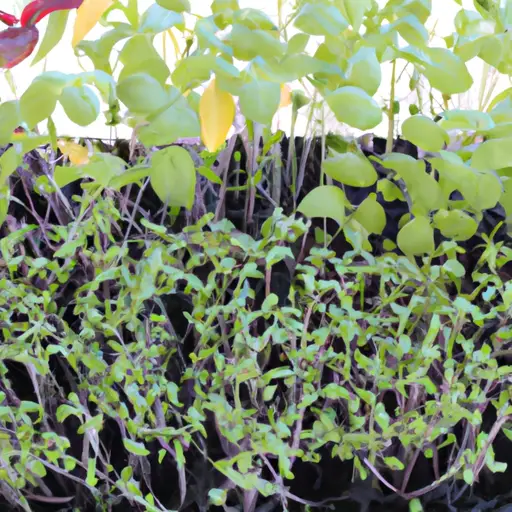
3. Selecting Suitable Flowers:
Now comes the exciting part – choosing the flowers for your container garden! When making your selection, consider factors such as sunlight availability, temperature, and the size of your container. Here are a few popular flower choices for container gardening:
a) Petunias: These versatile annuals come in a variety of colors and are well-suited for containers. They prefer full sunlight and regular watering.
b) Geraniums: With their vibrant hues and abundant blooms, geraniums are a classic choice. They thrive in containers and require moderate watering.
c) Calendulas: These cheerful flowers are easy to grow and perfect for brightening up any space. Calendulas prefer full sun to partial shade and consistent moisture.
d) Marigolds: Marigolds are low-maintenance flowers that bloom throughout the summer. They can tolerate a wide range of conditions, from full sun to partial shade.
4. Planting Process:
Once you have chosen your container and flowers, it’s time to plant! Follow these steps for successful planting:
a) Fill the container with potting mix leaving some space at the top for watering.
b) Gently loosen the roots of your seedlings before placing them in the container. Space them properly according to their growth habits.
c) Cover the roots with additional potting mix, firming it gently around each plant to eliminate air pockets.
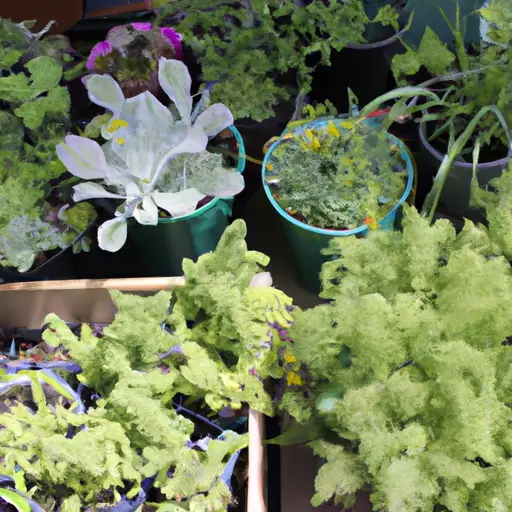
d) Water thoroughly after planting to settle the soil around the roots.
5. Providing Proper Care:
To ensure healthy growth and abundant blooms, your container garden needs regular care:
a) Watering: Containers tend to dry out faster than garden beds, so they require frequent watering. Check soil moisture levels regularly and water when needed, ensuring that excess water drains out through the holes.
b) Fertilizing: Since potting mixtures do not retain nutrients for an extended period, periodic fertilization is essential. Use a balanced granular fertilizer or liquid fertilizer according to package instructions.
c) Pruning and Deadheading: Regular pruning and deadheading help promote bushier growth and continuous blooming. Remove any wilted flowers or damaged leaves to maintain the appearance of your plants.
d) Pest and Disease Control: Keep an eye out for common pests like aphids or spider mites. Regularly inspect your plants for any signs of disease or insect infestation, and take appropriate measures to control them.
Conclusion:
Growing flowers in containers allows you to transform any space into a vibrant blooming oasis. By selecting the right container, soil, and suitable flowers, you can create a stunning display of color and fragrance that will bring joy throughout the seasons. Remember to provide proper care, including watering, fertilizing, pruning, and pest control, to ensure healthy growth and beautiful blooms. So go ahead and immerse yourself in the art of container gardening – a rewarding journey filled with endless possibilities!


